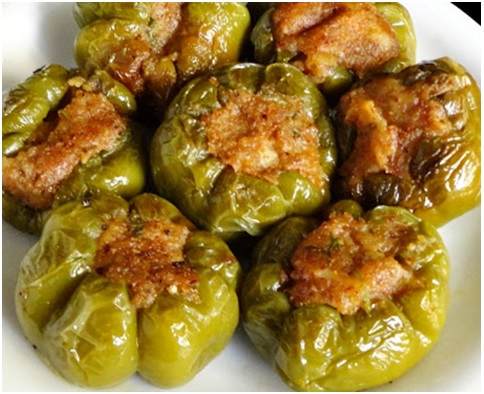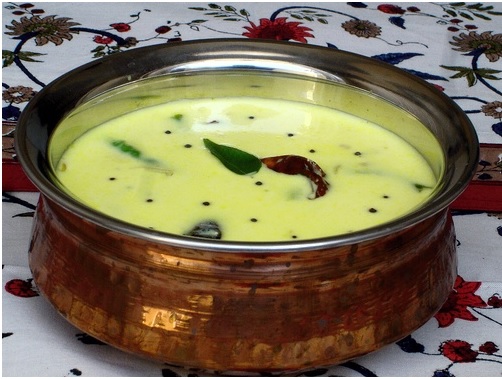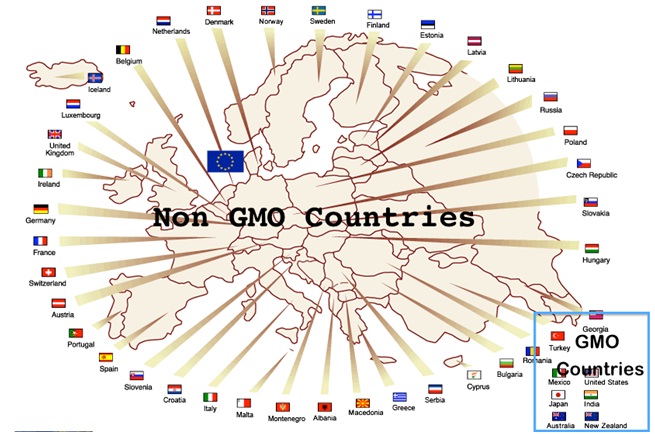Yes, correct we are eating right and healthy food. We search, do our R&D, then feed our family with so called good food. But then why we fall sick? There are several known and unknown toxins that are in our lives. Please read this article to understand better what these toxins and how they harm our body.
TOXINS FROM EXTERNAL
External toxins refer to those derived from our environment, which get into our bodies. Some sources:
Foods: There are many type of toxins here: Additives, preservatives, artificial flavorings and colorings, food stabilizers, food emulsifiers, agricultural chemicals, pesticides, herbicides, etc.
Air: Pollution in the air and particles in the air: Stale and stagnant air, perfumes, tobacco smoke, cleaning supplies, toxic fumes, polluted air, dust mites, pollens, household sprays, etc.
Water: Water at home or public source: Water contaminated with inorganic minerals, bacteria, chlorine, heavy metals, rusts, chemicals, industrial pollution, etc.
Medical treatments: There you go…you know the side effects…Prescription drugs, chemotherapy, anti-biotics, artificial hormones, vaccinations, jabs, low quality supplements, etc.
Dental treatments: Happy dental problem solved? Wait there are some toxins here too. This cannot stop us from going to dentist. But beware of those side effects of – Mercury amalgam fillings, root canals, acrylic dentures, implants, braces, fluoride treatments, etc.
Radiation: Known facts but where is radiation comes from? Radiotherapy, radio waves, television waves, microwave ovens, some electromagnetic gadgets, cell phones, x-rays, gamma rays, ultra-sound scan, MRI scan, CAT scan, UV radiation, etc.
Household: All those cleaning agents and systems at home- New paints, varnishes, new carpets, new asbestos ceiling, heating system, cleaning agents, all kinds of sprays, moth balls, gas stoves, aluminium pots, laundry supplies, etc.
Personal care: Here is the list of our favorite personal care that may carry toxins – Soaps, shampoos, deodorants, toothpaste, nail polish, cosmetics (some contain lead), permanent and hair colorings, etc.
TOXINS FROM INTERNAL
Micro-organisms: Bacteria, viruses, yeasts, mold, fungi, parasites
Old toxins stored in the body. The presence of various kinds of chemicals may cause chemical reactions among them, causing severe symptoms
Dental works: Materials used contain metals, mercury, acrylic, binders, cements, resins, etc. Some of these can leach into our body when eating food
Medical implants: Silicone breast implants, implants in cosmetic surgeries, joint replacements, pacemakers; surgical aids such as screws, plates, staples and other materials.
TOXINS PRODUCED BY OUR BODY
Apart from external and internal toxins, our bodies also get burdened with toxins produced by our body. These are by-products of our cellular metabolisms. Like all body toxins, if these are not eliminated properly, the build-up may cause health problems later on. Most of the symptoms created by these toxins affect our brain and mind, like confusion, irritability, memory loss, headache, insomnia, fatigue. Other symptoms include dysfunctional endocrine and immune system.
Bilirubin: A toxin that results when the liver breaks down old red blood cells. These are usually eliminated from the body through the stool that is normal brown in color. When bilirubin is not eliminated efficiently, it causes the skin and white of the eyes to turn yellow. This is a condition called jaundice.
Urea: A product that results when the liver breaks down protein or amino acids. Urea is being excreted in the urine by the kidneys. If the kidneys are not functioning efficiently, the urea level in the blood increases causing a condition known as uremia.
Uric acid: A product that results when the body breaks down a substance called purine. Purines are found in high concentration in meat and meat products, especially in animal’s internal organs such as liver and kidneys. Excess uric acid that don’t get excreted can crystalize in the kidneys, joints and toes (gout) resulting in severe pain.
Creatinine: A product that results from muscle metabolism. It is filtered in the kidneys for excretion at a fairly constant daily rate. Therefore, when kidneys become inefficient for whatever reason, the creatinine level will rise due to poor clearance. This when detected in the urine, warns of possible kidney malfunction or failure.
Hormone imbalance: Hormones are chemical messengers that are released from the glands into the bloodstream. When secretion of hormones is too low or too high, or the liver is not able to detoxify them, excess hormones become internal body toxins.
Free radicals: Although oxygen (O2) is necessary for life, there is also the “dark side” of it. When oxygen reacts with toxins from external sources, it becomes a free radical. This is a process known as “oxidation”. An unhealthy diet largely contributes to this process of oxidation and does a lot of damage to the body.
Resource:
Image source: http://drzayd.com/wp-content/uploads/2013/07/toxins-stages.jpg









